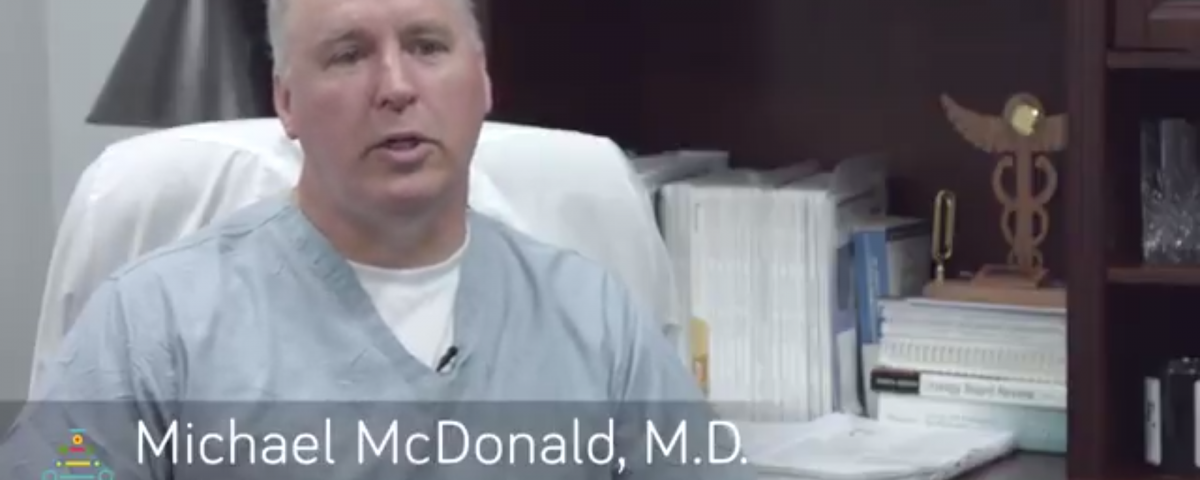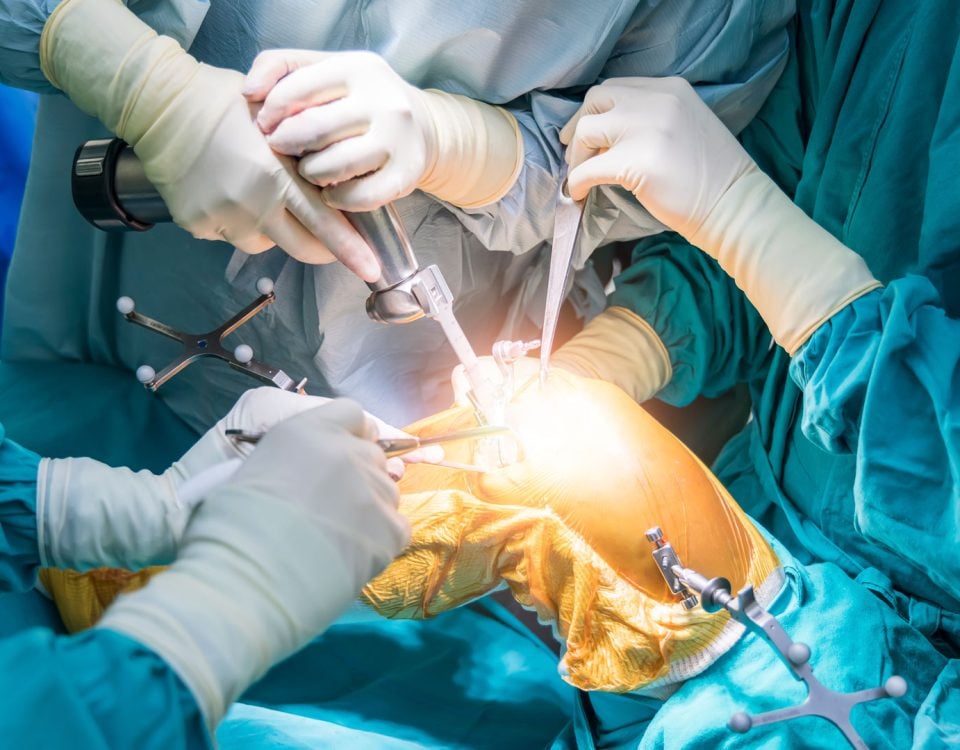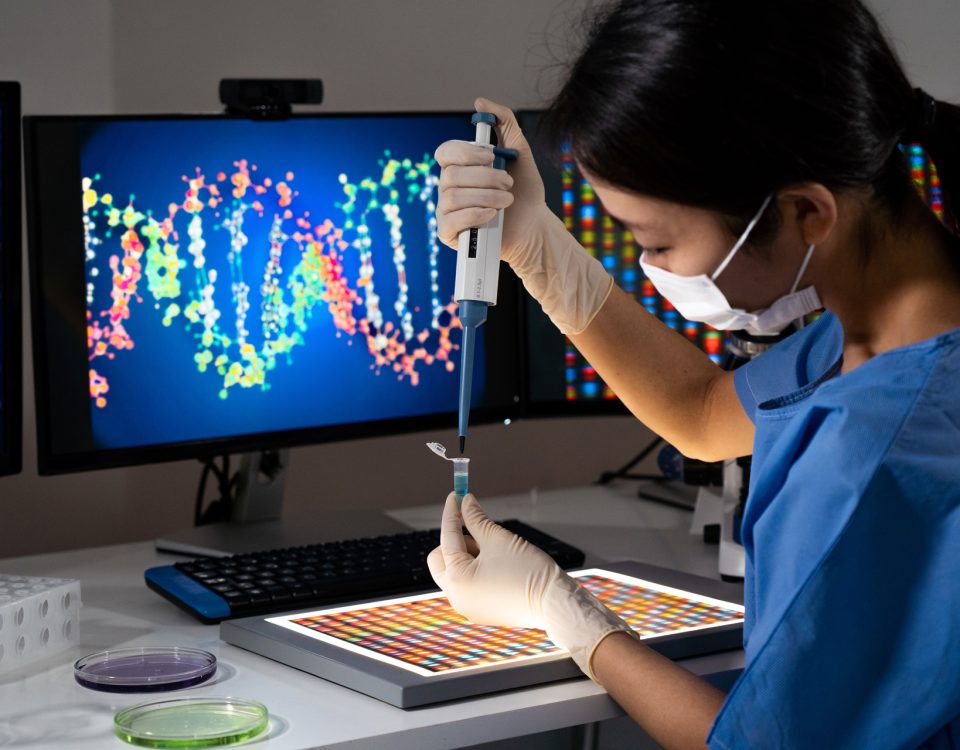Doctor Michael McDonald sat down with us recently to share his experience evaluating Next Generation DNA sequencing when compared to traditional cultures. Dr. McDonald is a urologist, board certified at Florida Hospital Celebration in Florida. He is associate professor of Urology at University of Central Florida.
“When we were first introduced to the Next-Gen Sequencing,” Dr. McDonald told us, “we thought we need some criteria to evaluate its efficacy of diagnosis in the realm of urinary tract infections and other opportunities. I wanted to look at a head to head study, comparing Next-Gen Sequencing and urine cultures for patients with UTI symptoms. Specifically those patients that have Dysuria, Urinary Frequency, Urgency, Hematuria, those patients that have recurrent UTI symptoms and those that have resistant treatment of UTIs.”
Dr. McDonald described the evaluation procedure he used to compare MicroGen’s Next Generation DNA Sequencing with traditional lab cultures. “We started with about 80 to 90 patients,” he said, “of those patients half were placed in culture and sensitivity group, approximately half of the patients were placed in Next-Gen Sequencing. Those patients were treated based on those findings. We have a statistician from University of Central Florida who looked at the symptom scores from day one to seven and day 14. What we found is a statistically significant improvement of those symptoms based on the diagnosis with Next-Gen Sequencing.
“Generally there’s a low load, medium load and high load. Those patients that had low and medium load when were treated by the diagnosis of Next-Gen Sequencing had significant improvement with respect to their symptoms. Despite having less than 10 to the seventh. Certainly some studies will say 10 to the fifth is now diagnostic criteria depending on the Association. Again, we found that those patients had insignificant improvement of their symptoms, even though their load was less than 10 to the seventh, in some cases less than 10 to the fifth.
“Despite the fact that the criteria has usually 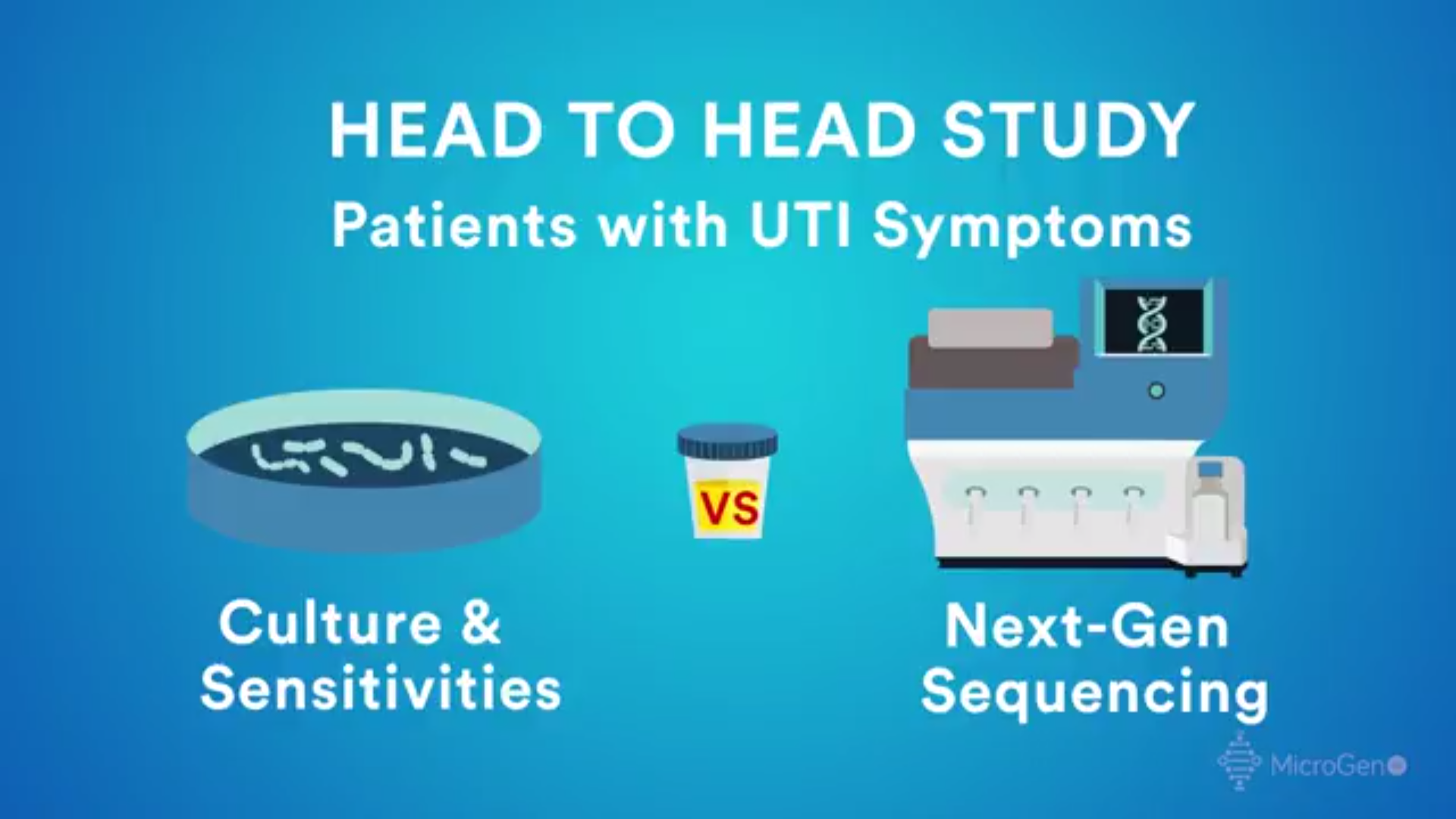 been 10 to the seventh colony forming units as a diagnosis for a UTI, when it comes to culture and sensitivity reports, we have found even those patients that have less than 10 to the seventh, whether it’s 10 to the third, fourth or fifth, their symptoms will improve markedly on those results. All patients’ urines were sent for both culture and sensitivity results and Next-Gen Sequencing. Approximately half initial preliminary patients were sent in each group, approximately 25 in each group. What we found in that is a significant diagnostic difference when it comes to Next-Gen Sequencing.
been 10 to the seventh colony forming units as a diagnosis for a UTI, when it comes to culture and sensitivity reports, we have found even those patients that have less than 10 to the seventh, whether it’s 10 to the third, fourth or fifth, their symptoms will improve markedly on those results. All patients’ urines were sent for both culture and sensitivity results and Next-Gen Sequencing. Approximately half initial preliminary patients were sent in each group, approximately 25 in each group. What we found in that is a significant diagnostic difference when it comes to Next-Gen Sequencing.
“From a symptom score standpoint, all patients were entered on the day that they were seen. All the urine was sent off for again, both culture and Next-Gen Sequencing. The patients were scored Universal symptom score index from day one to seven and day 14. All patients were either called or were back in the office to fulfill that scoring system. For those patients that were treated based on cultural results, that antibiotic would be called in as soon as we had that result. Those patients that had, for example, negative culture reports but positive Next-Gen Sequencing, were treated beginning on day eight based on the Next-gen Sequencing report.
“Once that was done, they were also included in the study. We also looked at their symptom score.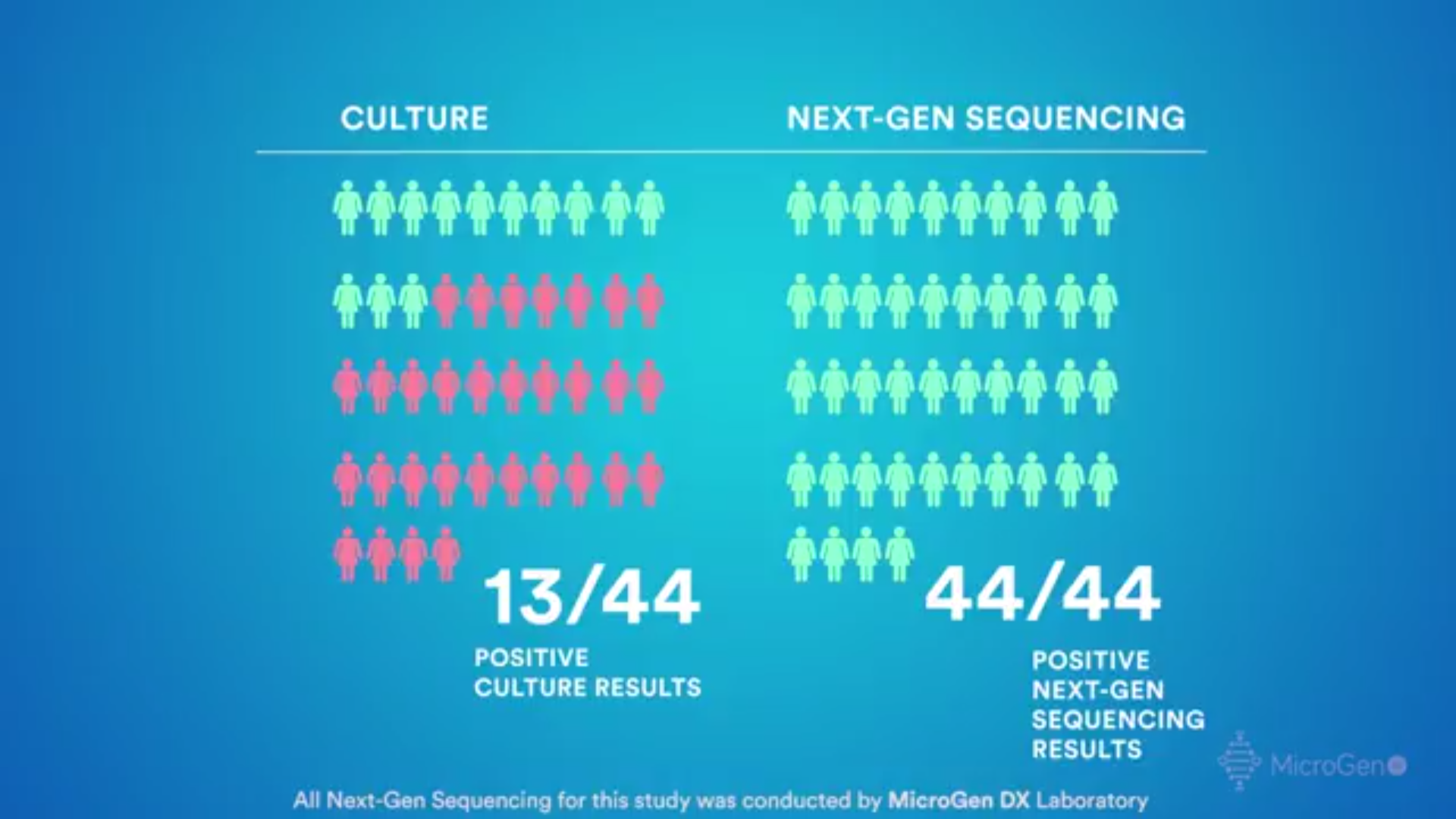
“Of the 44 preliminary patients, 13 of the 44 had positive culture results, 44 out of 44 patients in the Next-Gen Sequencing study had positive results.
“Several patients had at least some anaerobic bacteria and fungal species that are not typically seen in urine culture reports. I think that’s the third most significant difference in the study.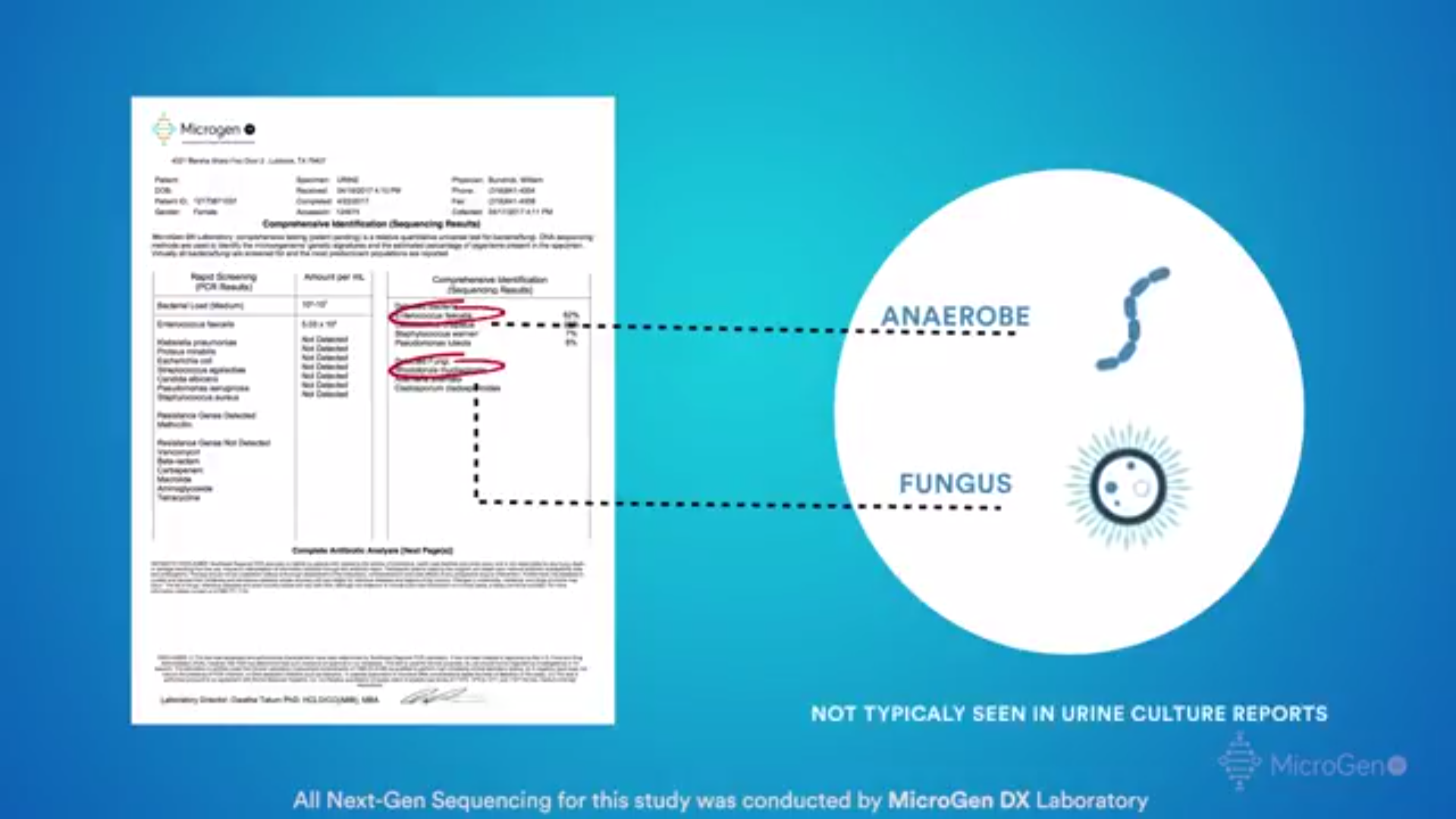
“The exciting aspect of this study is a couple of things. One is we’re picking up many different organisms that are not typically found in cultures. What we need to do is reevaluate those patients that have more than two organisms. Typically in cultures, they’ll say this is contaminated. I’m not sure that’s necessarily the case today. The other thing is we need to look at those patients that have less than 10 to the seventh.
“UTI’s do not start at 10 to the seventh, they start at 10 to the one and 10 to the two and move forward.
“I think this is a huge change where we can diagnose these patients earlier.”
To get better diagnostic treatments from Michael McDonald, MD, please find his info below:
Michael McDonald, MD, Urology Center of Central Florida
400 Celebration Pl, Kissimmee, FL 34747
Phone: 407.764.4079
http://www.urologycentercentralflorida.com/medical-team/physicians/michael-mcdonald
To learn more about MicroGen DX, explore the links below.
- https://www.microgendx.com/
- https://www.facebook.com/microgendx/
- https://twitter.com/microgendx
- https://www.instagram.com/microgendx/
- https://www.tumblr.com/blog/microgendx
